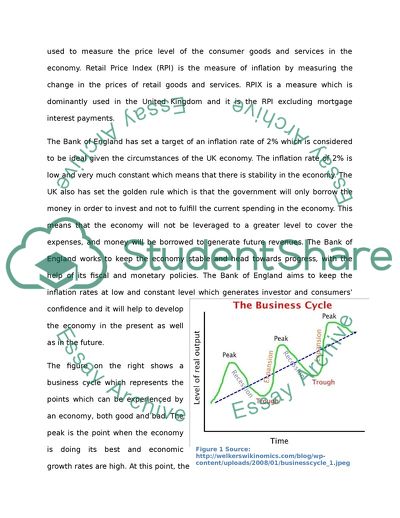Cite this document
(The Bank of Enlgand's M.P.C. has allowed the C.P.I. inflation rate to Coursework - 1, n.d.)
The Bank of Enlgand's M.P.C. has allowed the C.P.I. inflation rate to Coursework - 1. https://studentshare.org/macro-microeconomics/1769975-the-bank-of-enlgands-mpc-has-allowed-the-cpi-inflation-rate-to-stay-above-its-2-target-for-more-than-two-years-discuss-the-view-that-deflation-is-potentially-a-much-worse-problem-than-inflation
The Bank of Enlgand's M.P.C. has allowed the C.P.I. inflation rate to Coursework - 1. https://studentshare.org/macro-microeconomics/1769975-the-bank-of-enlgands-mpc-has-allowed-the-cpi-inflation-rate-to-stay-above-its-2-target-for-more-than-two-years-discuss-the-view-that-deflation-is-potentially-a-much-worse-problem-than-inflation
(The Bank of Enlgand's M.P.C. Has Allowed the C.P.I. Inflation Rate to Coursework - 1)
The Bank of Enlgand's M.P.C. Has Allowed the C.P.I. Inflation Rate to Coursework - 1. https://studentshare.org/macro-microeconomics/1769975-the-bank-of-enlgands-mpc-has-allowed-the-cpi-inflation-rate-to-stay-above-its-2-target-for-more-than-two-years-discuss-the-view-that-deflation-is-potentially-a-much-worse-problem-than-inflation.
The Bank of Enlgand's M.P.C. Has Allowed the C.P.I. Inflation Rate to Coursework - 1. https://studentshare.org/macro-microeconomics/1769975-the-bank-of-enlgands-mpc-has-allowed-the-cpi-inflation-rate-to-stay-above-its-2-target-for-more-than-two-years-discuss-the-view-that-deflation-is-potentially-a-much-worse-problem-than-inflation.
“The Bank of Enlgand's M.P.C. Has Allowed the C.P.I. Inflation Rate to Coursework - 1”. https://studentshare.org/macro-microeconomics/1769975-the-bank-of-enlgands-mpc-has-allowed-the-cpi-inflation-rate-to-stay-above-its-2-target-for-more-than-two-years-discuss-the-view-that-deflation-is-potentially-a-much-worse-problem-than-inflation.


